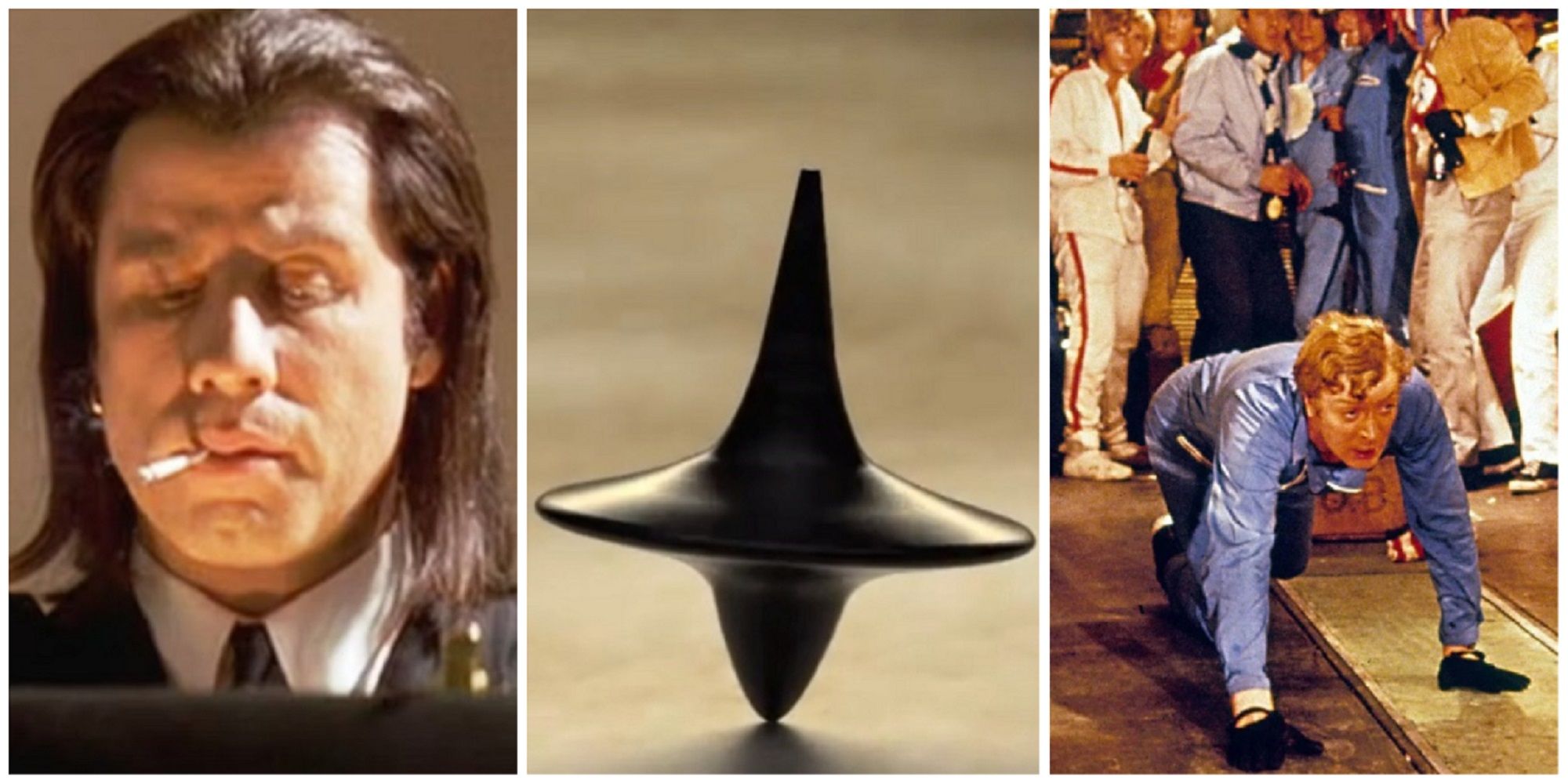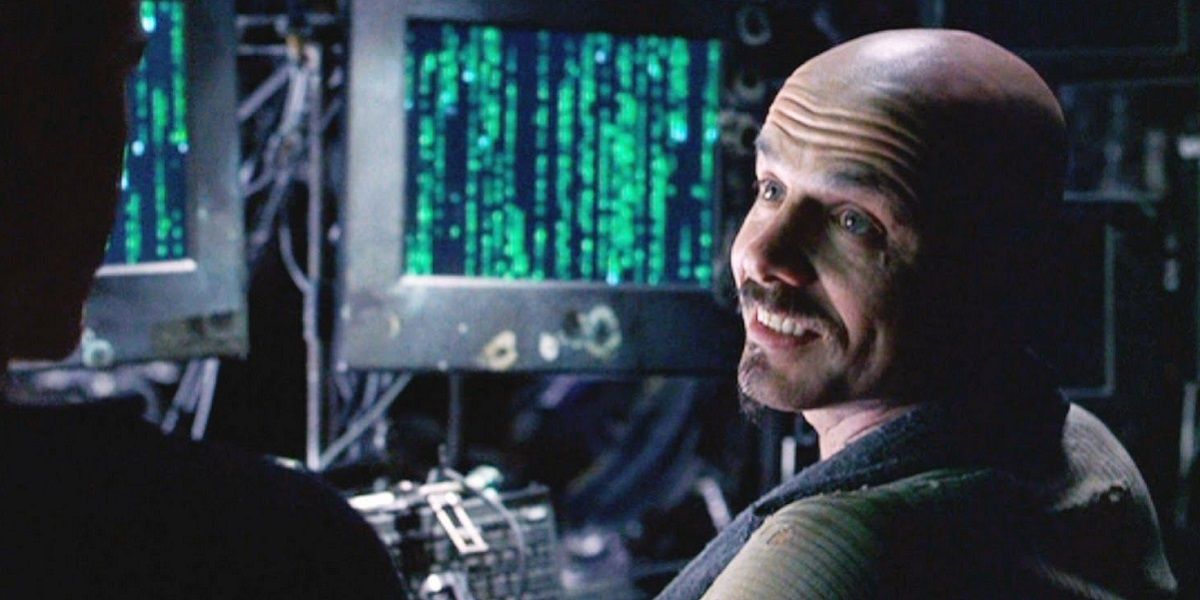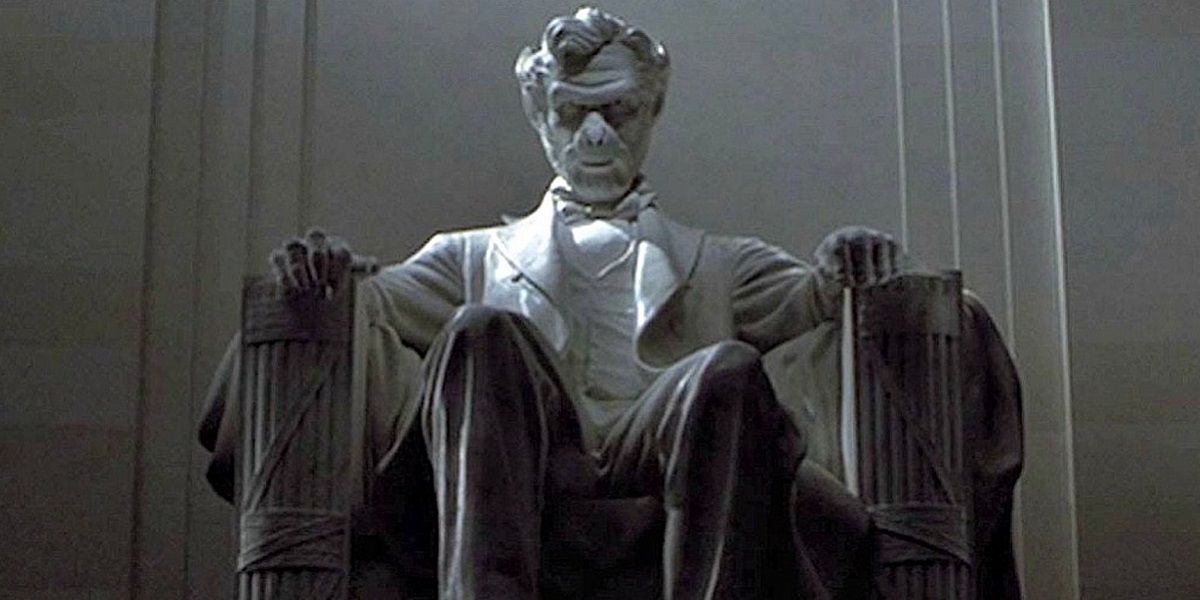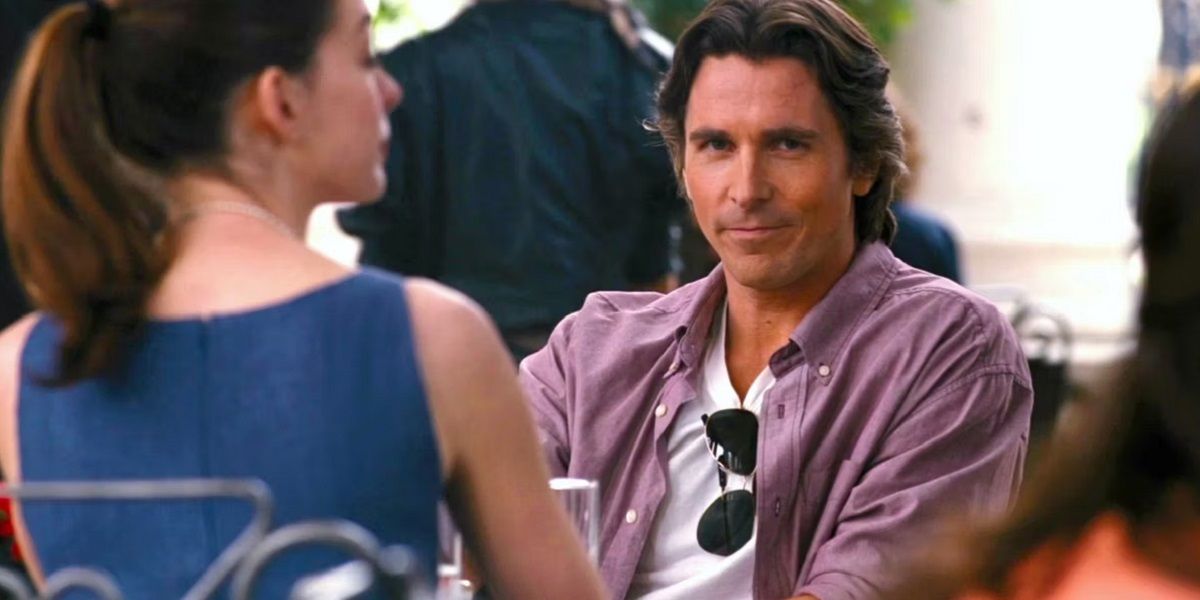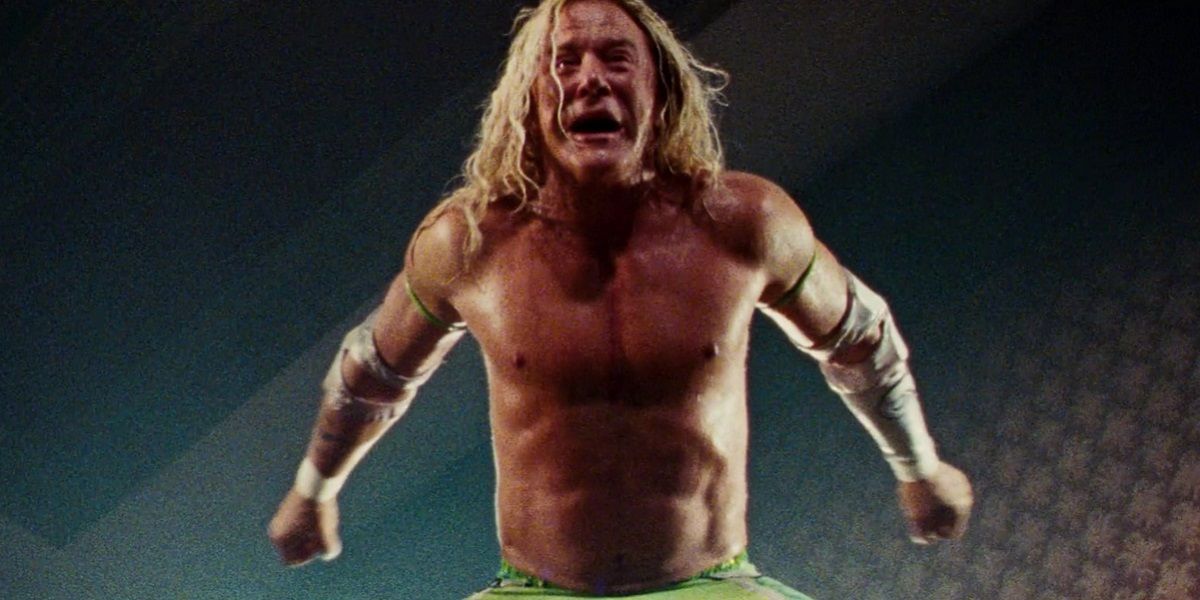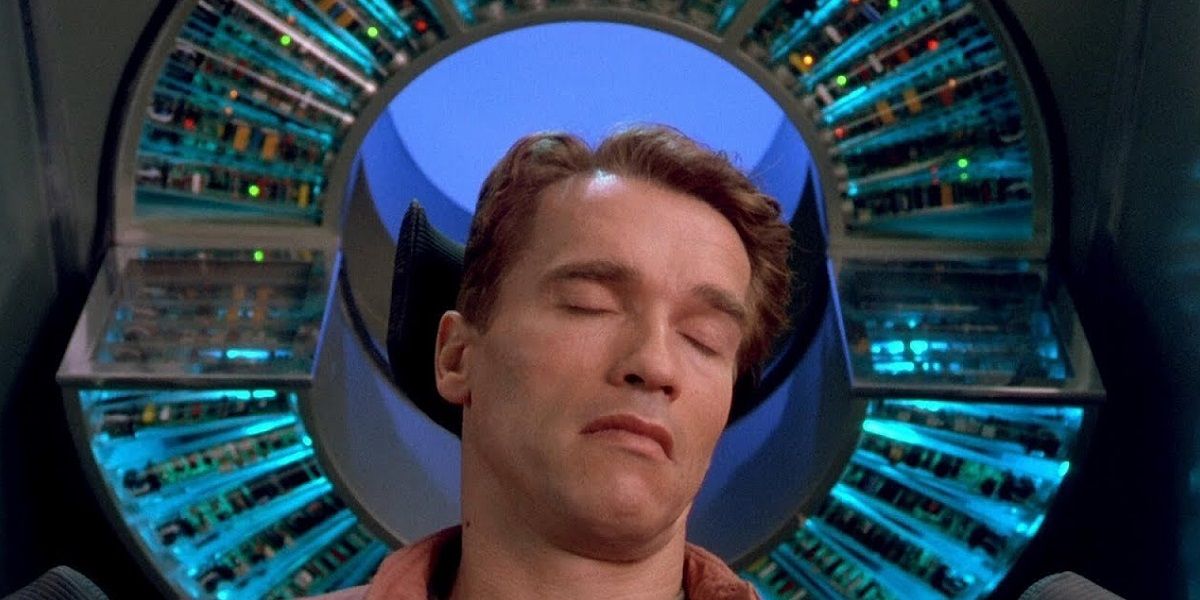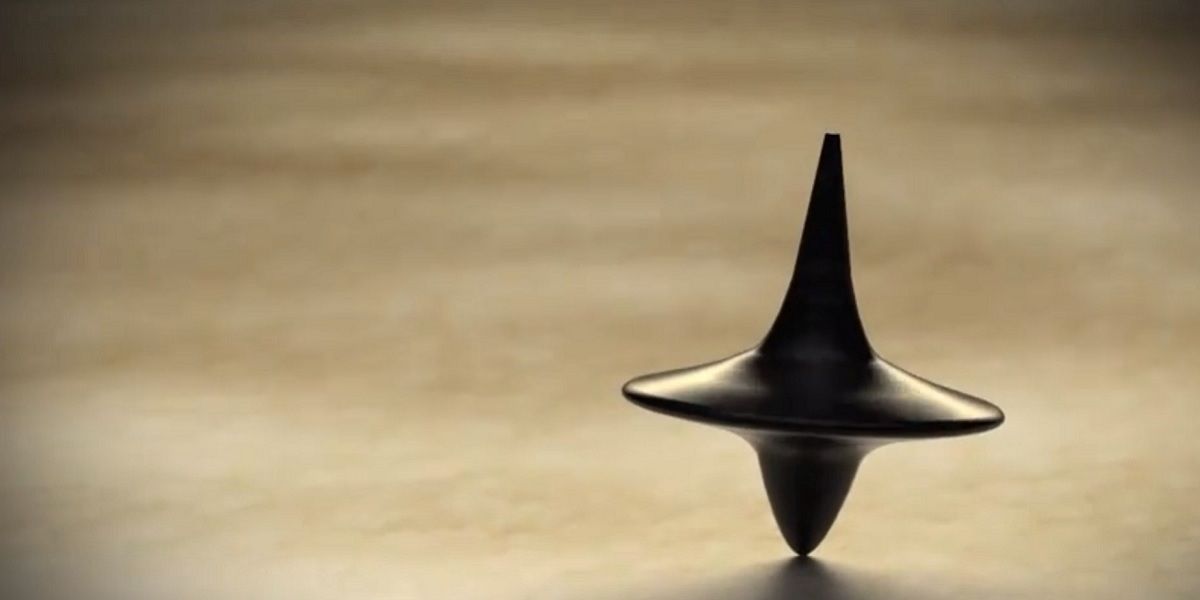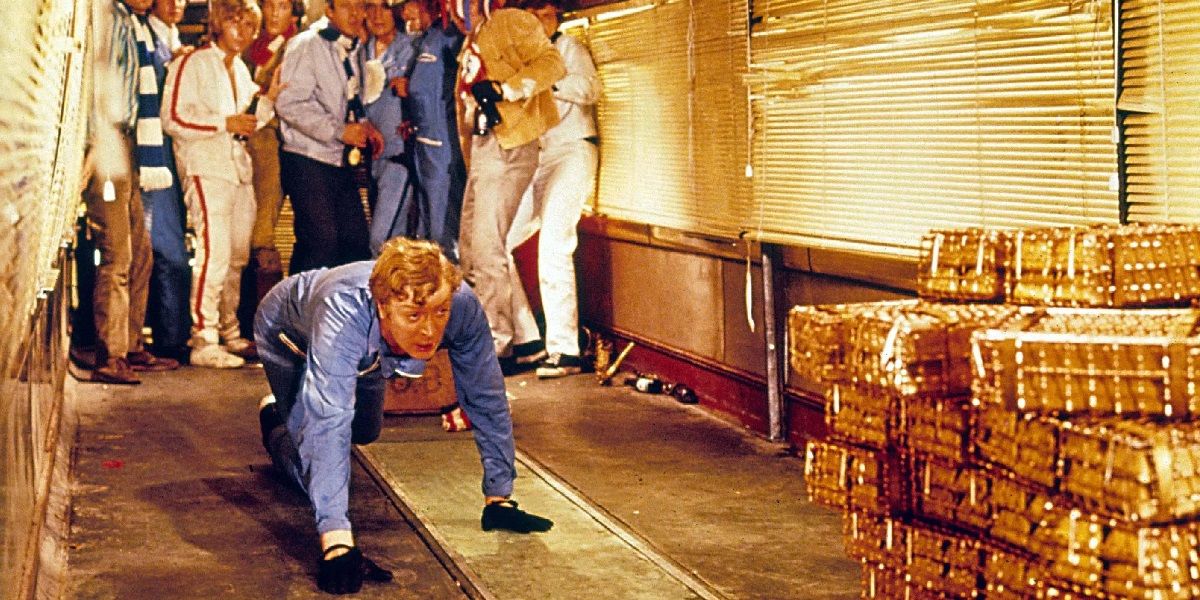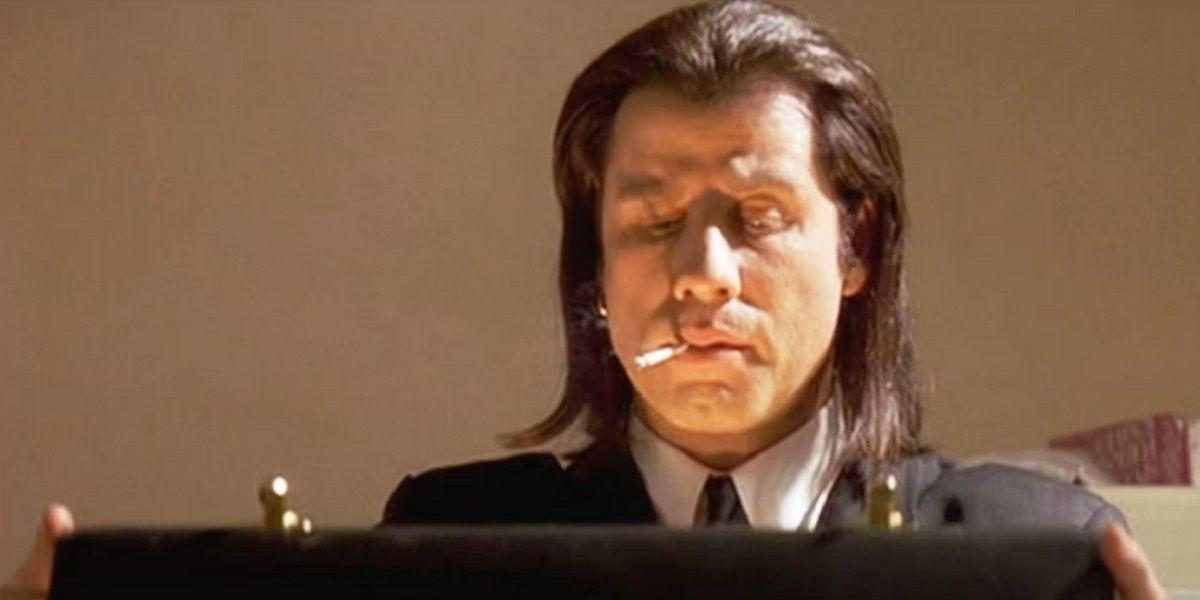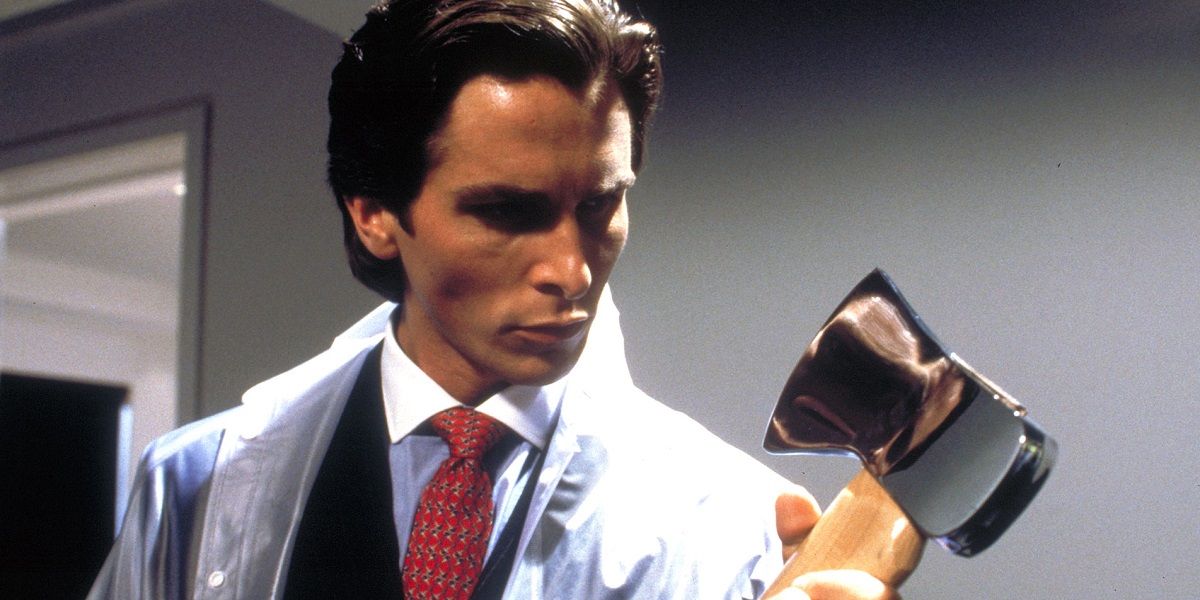One of the most frustrating experiences for any cinema-goer is to exit the theater with an unanswered question. Such mysteries can be deliberate on the part of the filmmaker, a loose end left untied to keep movie fans thinking, or to even force fans to employ their own perspective to fill in the gaps. Or they may be more unintentional, and due to a particular detail of a complicated story thread going over the audience’s heads.
The good news is that many of the most infamous unresolved questions and cliffhangers in cinema have, in fact, been answered. Fans just might not have heard about them yet. This is usually because, oftentimes, the solutions appeared years later, in magazine interviews, Reddit AMAs, or, most commonly, from the mouth of Michael Caine.
Warning: Spoilers Ahead
10 The Matrix – How Did Cypher Enter The Matrix By Himself?
The Matrix’s betrayal occurs in a scene within the Matrix, with Cypher meeting Agent Smith and cutting a deal. But wait, isn’t another member of the crew required to help jack people in and out of the system?
In a 1999 interview, the film’s directors, the Wachowskis, explained that in an earlier scene centered around Cypher telling Neo that when he looks at the Matrix code he just sees “blonde, brunette, redhead”, unbeknownst to Neo (and the entire audience) he had walked in on Cypher “setting up an automated system to allow him to go and meet Agent Smith”.
9 Planet Of The Apes – How Did Thade Reach Earth First?
With the original’s Statue of Liberty scene so ingrained into public consciousness, it’s no surprise that Tim Burton decided to give his 2001 remake an entirely new ending. Mark Wahlberg’s Leo Davidson defeats General Thade and escapes (through an electromagnetic storm) to Earth, but arrives to find Washington’s Lincoln Memorial replaced with one of Thade. How did this happen?
According to a booklet that came with the film’s DVD: “time does not travel straight through an electromagnetic storm”. Therefore, it can be assumed that Thade followed Leo, passed through the storm at an earlier point in time and used his advanced knowledge and technology to take over the Earth many years before Leo arrived.
8 The Dark Knight Rises – Is Bruce Wayne Really Alive?
Christopher Nolan’s Dark Knight trilogy ends with Michael Caine’s Alfred spotting Bruce Wayne at a cafe, despite his being presumed dead by the city of Gotham following his disposal of a bomb. As it isn’t shown how Batman escaped the explosion, many fans came to believe that the cafe scene was in fact nothing more than a dream.
Michael Caine’s opinion on this, however, is completely unambiguous, as he told the LA Times in 2012: “They were there. They were real. There was no imagination".
7 The Wrestler – Did The Ram Die?
2008’s The Wrestler ends with Randy “The Ram” Robinson performing his signature diving headbutt move, despite his doctor warning him that continuing to wrestle may result in his death. The direction of the final shot leads the audience to believe that Randy may well be leaping to his death.
In subsequent interviews, and a Reddit AMA, director Darren Aronofosky, without specifying whether or not Randy died as a direct result of that headbutt, has made it clear that it is inevitable that he would have died in the ring at one point or another, telling MTV: “If not now, when?”
6 Total Recall – Was It All A Dream?
Outside of Blade Runner (a case which will probably never be definitively be closed), the reality of 1990s Total Recall is perhaps the most debated in all of Sci-Fi. The blue sky on Mars, the fade to white, it must have all just been a dream, right?
According to director Paul Verhoeven in a 2016 interview, the answer is far more complicated: the events of the movie are, simultaneously, both a dream and not a dream, much like Schrödinger’s Cat.
5 Inception – Was Cobb Dreaming?
After traveling back and forth through multiple ultra-realistic dream layers, utilizing a spinning top totem to differentiate between dream and reality, Leonardo DiCaprio’s Cobb returns home to his children, years after being accused of his wife’s murder. The final shot is of his spinning totem, raising the question of whether or not the idyllic scene is all but a dream.
In a 2018 Screening and Q&A, co-star Michael Caine relayed that director Christopher Nolan told him: “When you’re in the scene, it’s reality”. Caine’s character Professor Miles is in the final scene, so by these parameters, the scene would be reality, echoing a previous comment from Caine years earlier: “If I’m there it’s real, because I’m never in the dream. I’m the guy who invented the dream.”
4 The Italian Job – What Was Charlie’s Great Idea?
For many, 1969’s The Italian Job will have provided their first experience of an unresolved movie ending, as well as perhaps the most on-the-nose example of the trope in all of cinema. After a successful heist, Michael Caine’s Charlie and his merry men are traversing a winding road in the Alps, when their coach loses control and ends up teetering on the edge of a cliff, with the men and their gold balancing out either end.
In a 2003 BBC documentary, Caine himself offered the solution to what would happen next: turning the engine on and allowing the coach to run out of gas would change the equilibrium, allowing the men to make their escape, albeit minus the gold. Later theories have expanded on this, with a Royal Society of Chemistry competition concluding that the coach could be anchored at the opposite end to the gold with rocks from the mountains (collected by just one of the men).
3 Pulp Fiction – What’s In The Briefcase?
The briefcase in Pulp Fiction is the absolute paradigm of a MacGuffin. The entire plot revolves around it, yet its contents are never revealed to the audience. Over the years, the briefcase has been the subject of much contention among fans, and has been lampooned across various other forms of media.
There are, in fact, three possible answers to this question. The first is provided by the original screenplay, which specifies that there were diamonds inside the case. The second is from director Quentin Tarantino, who intended that “the audience member would fill in the blank with their own ultimate contents”. And finally, there is the illusion-shattering but strangely satisfying solution provided by star Samuel L. Jackson: “When I looked inside, between scenes, I saw two lights and some batteries.”
2 American Psycho – Was It All Just In Bateman’s Head?
At the end of American Psycho, Christian Bale’s Patrick Bateman confesses his series of brutal murders to his lawyer, including that of his colleague Paul Allen. The lawyer, however, remarks that he has just had dinner with Allen, immediately sparking confusion over whether he has simply mistaken Allen for someone else (a running theme) or if all the killings occurred only in Bateman’s head.
In an interview with Charlie Rose, director Mary Harron expressed regret over the ambiguity of the ending, explaining that the outlandish nature of the murders, as well as strange occurrences like an ATM telling Bateman to feed it a stray cat, were intended to depict how Bateman’s warped mind was processing the murders (which were indeed happening) rather than implying that he was imagining them.
1 2001: A Space Odyssey – What Was That Ending About?
Stanley Kubrick’s 1968 masterpiece takes the audience on a trip from the dawn of mankind to the final frontier of space-time in a reasonably modest 142 minutes. But its abstract ending, involving visions of a future self, a monolithic house guest and a planet-size floating fetus, left pretty much everyone scratching their heads.
In a little-known 1969 interview, Kubrick explained that when the surviving astronaut Bowman reached the edge of the solar system, it triggered his transportation to a human zoo, based upon his own imagination and located at some other part of the galaxy where time doesn’t exist, until he dies and is “reborn as an enhanced being, a star child, an angel, a superman”.

